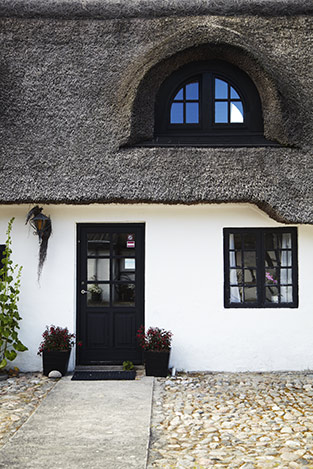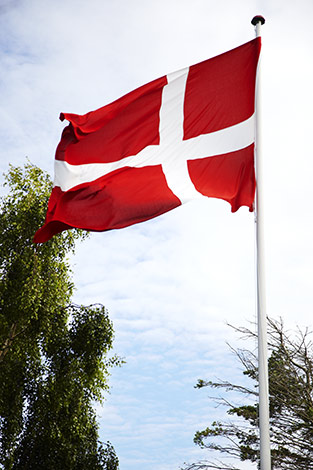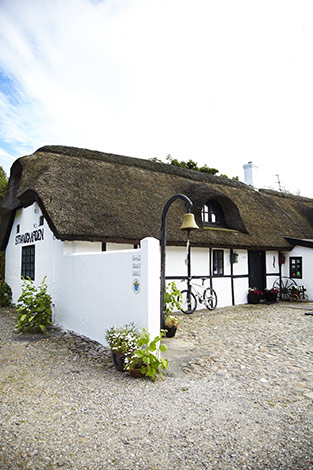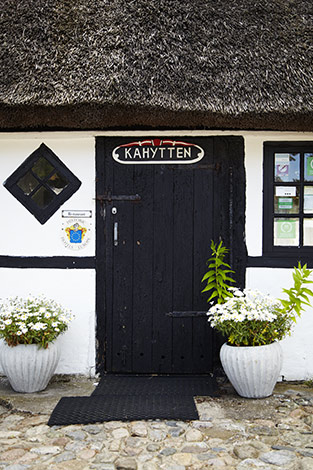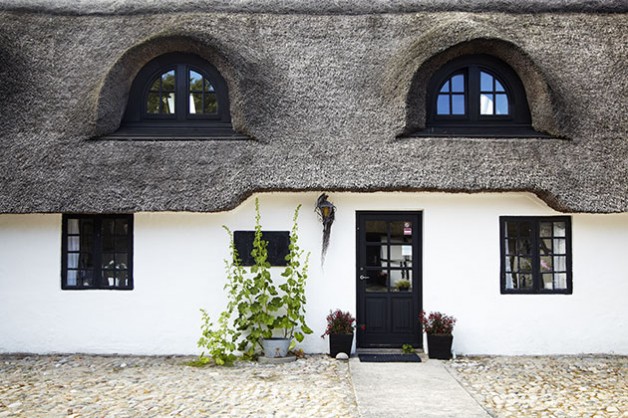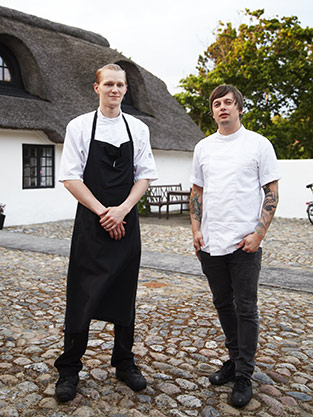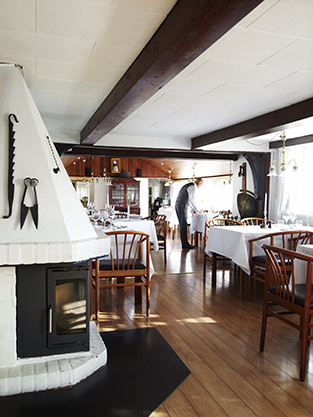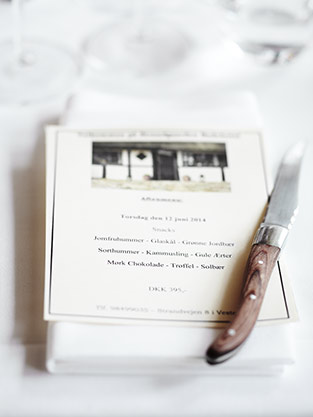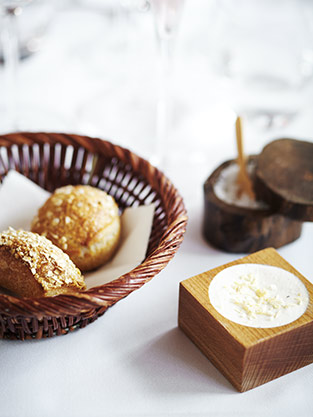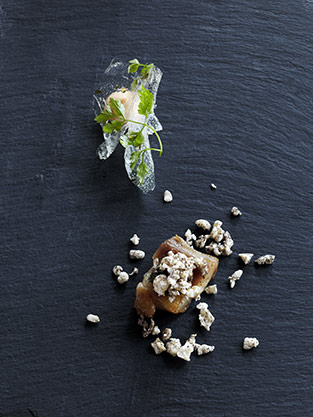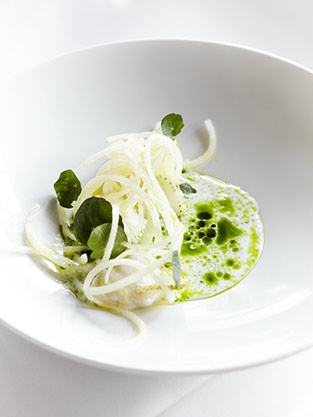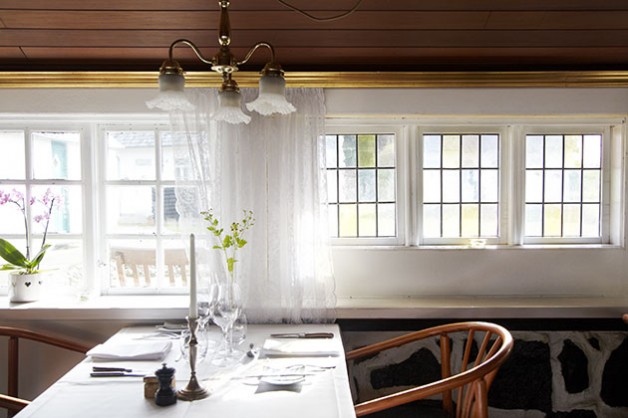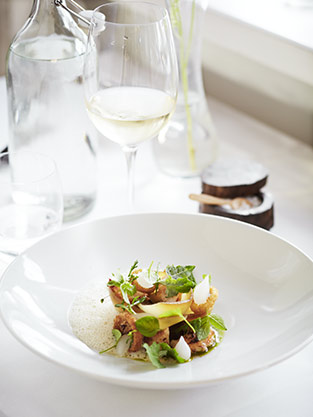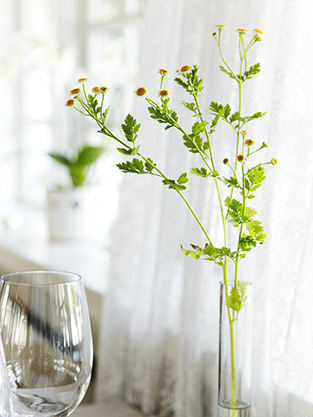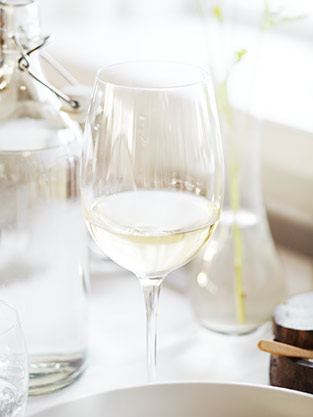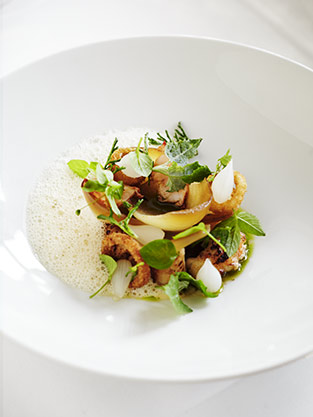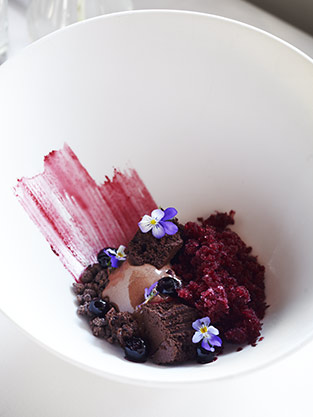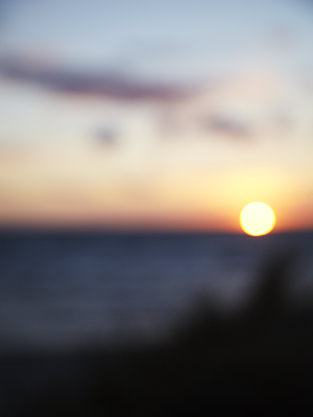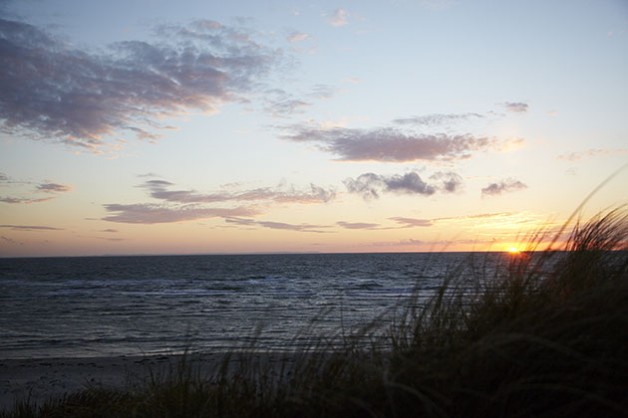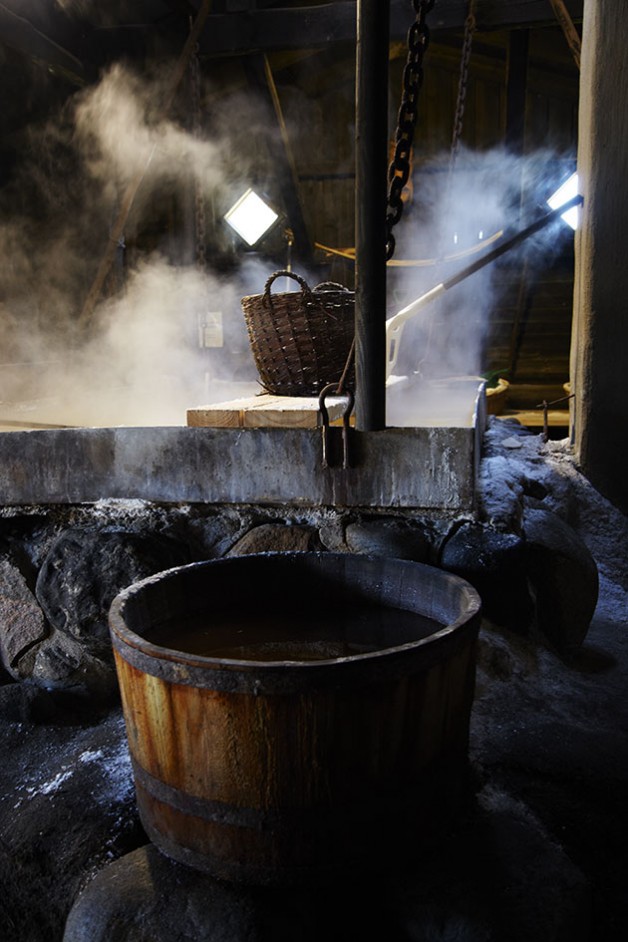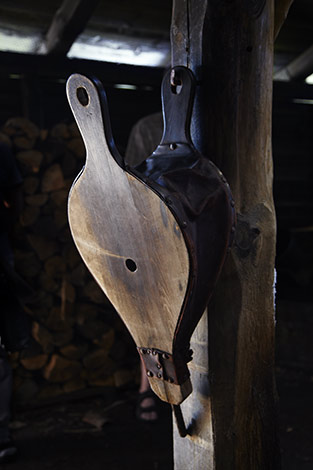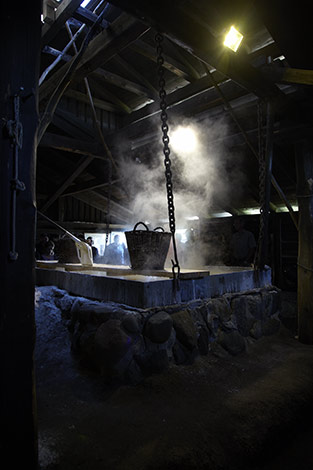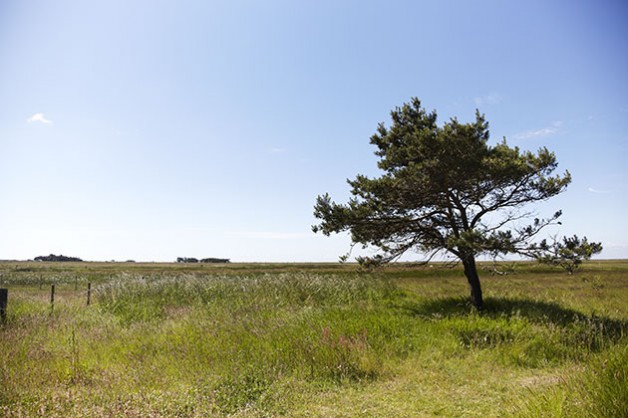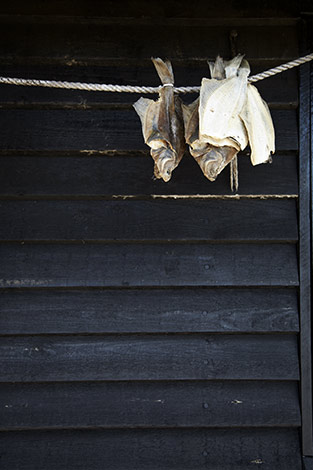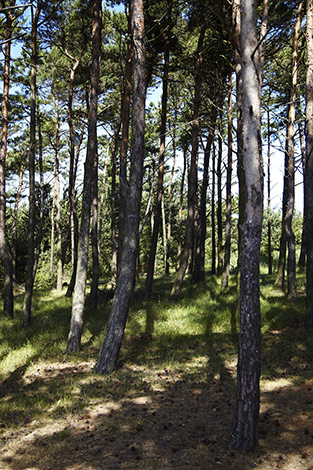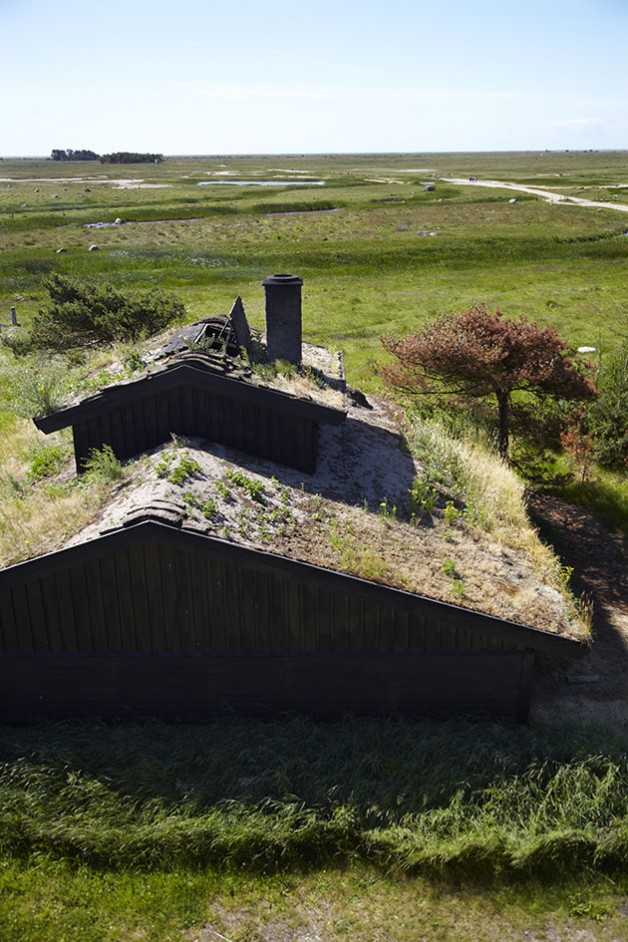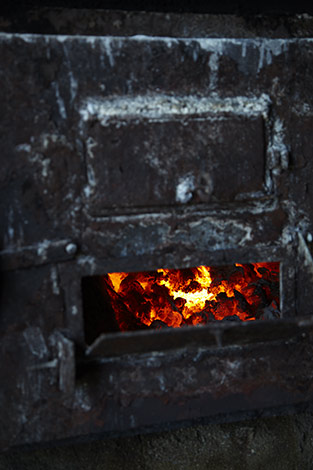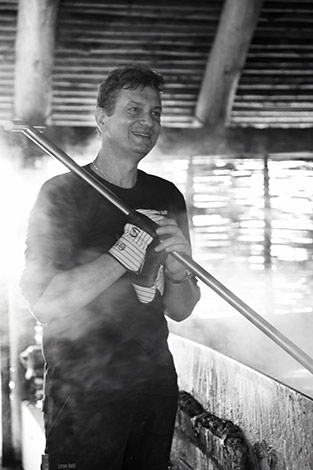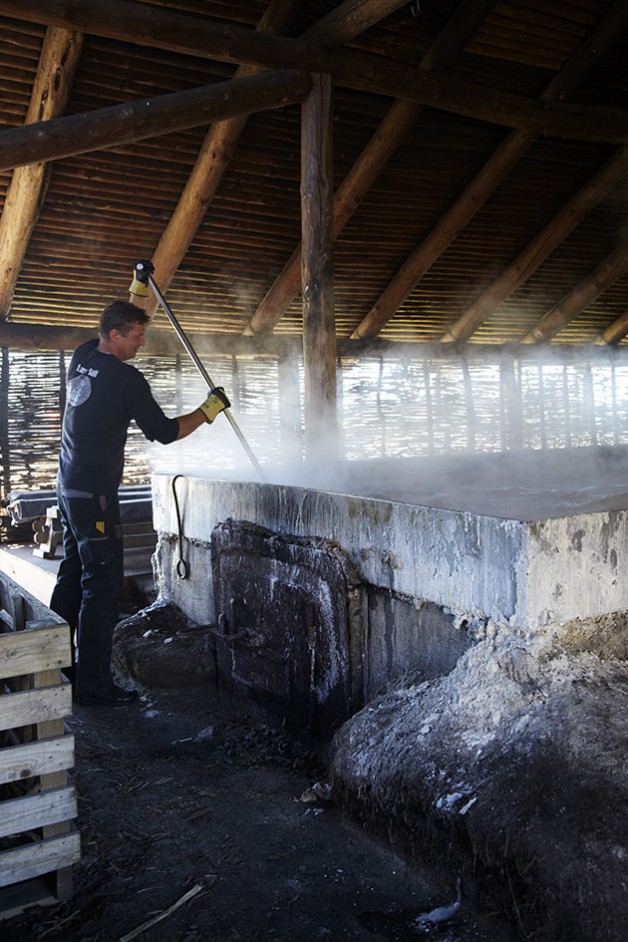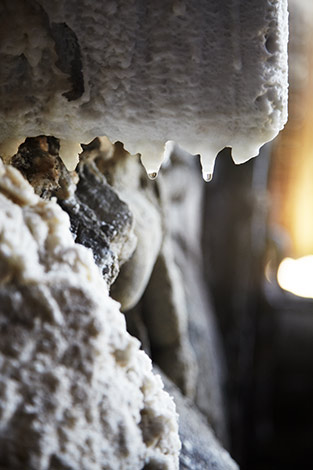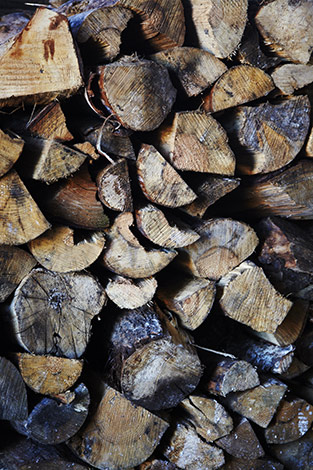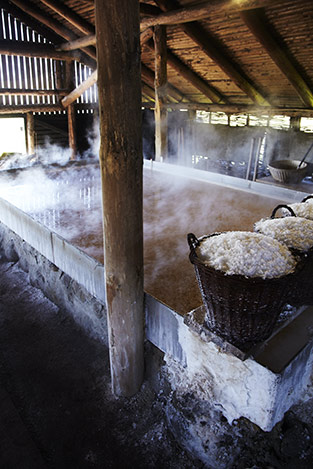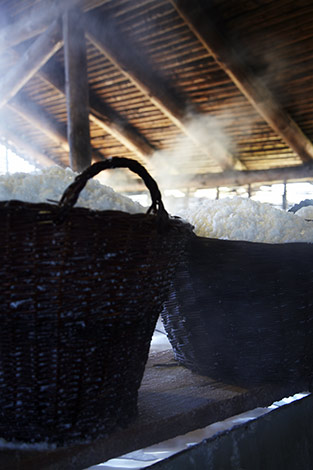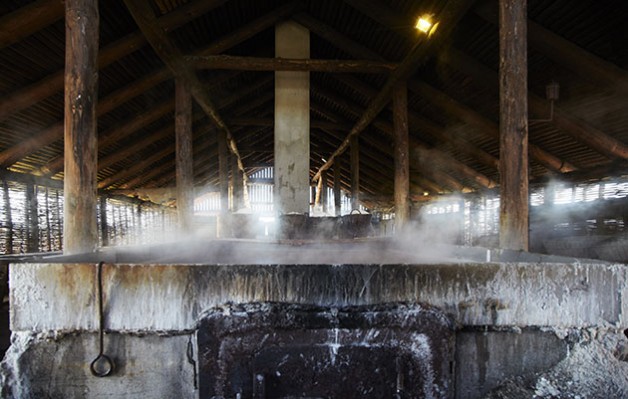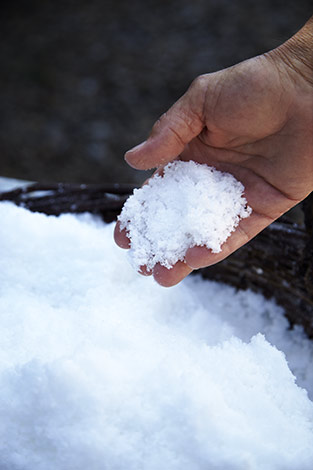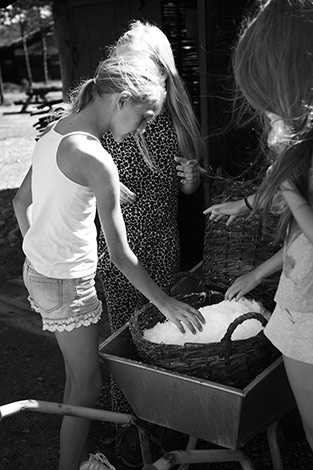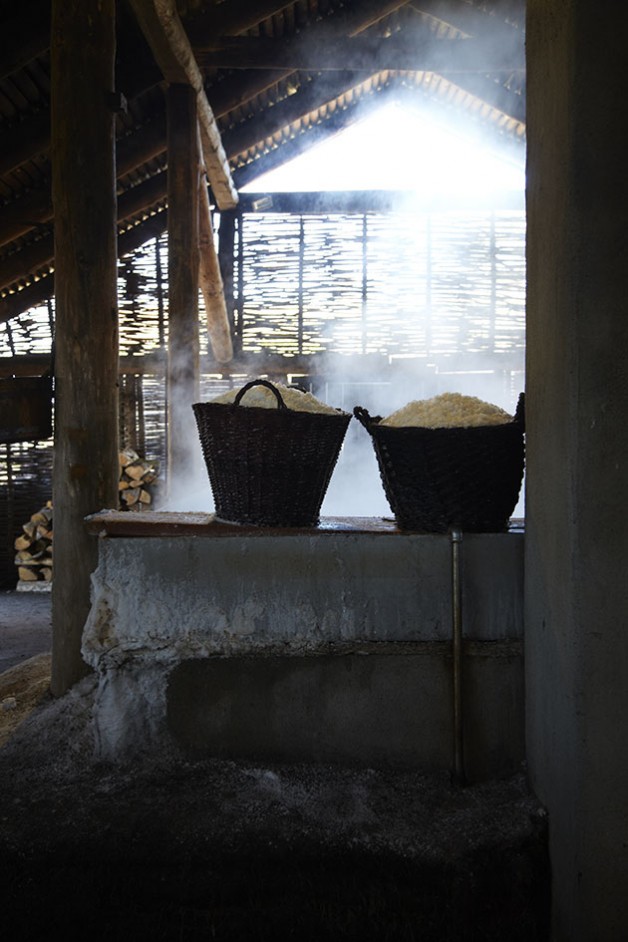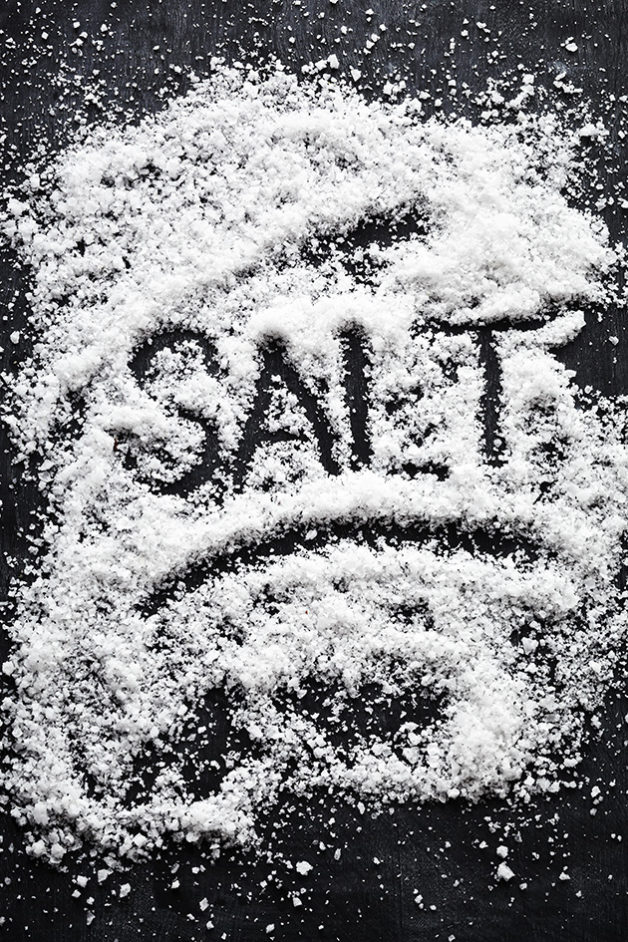
Over the years, I’ve developed a bit of an obsession with salt. Ever since my shoot at Læsø Salt, I’ve been testing recipes, using salt as a main part of the dish. Wether it be preserving, a cooking technique or just adding a salty flavour to the food. The whole thing has been quite an experience, entering the world of recipe writing! I’ve been fortunate enough to have my salt recipes published in the current summer issue of NORD magazine along with my article about Læsø Salt Works.
Below follows the unedited version of the article, and over the next few weeks, I’ll share a series of blog posts, with my salty recipes:
BLACBERRY GRAV LAX
ZINGY MARGARITA & PINK GRAPEFRUIT MARGARITA
SALT & VINEGAR POTATOSKINS WITH TAHINI, SOUR CREAM DIP
PORK BELLY IN BRINE WITH CRISPY CRACKLING
SALT DOUGH LEG OF LAMB
SALTED CHOCOLATE AND CARAMEL TART(S)
GOLDEN PAVLOVA WITH SUMMER BERRIES AND SALTED CHOCOLATE SAUCE
SALTED CARAMEL ICE CREAM (you’re gonna wanna check back for this one…)
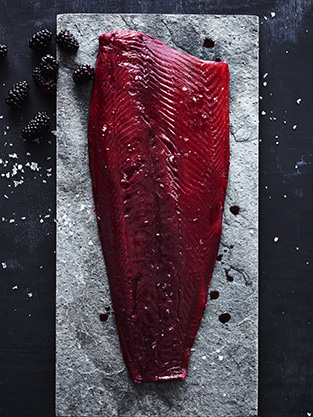
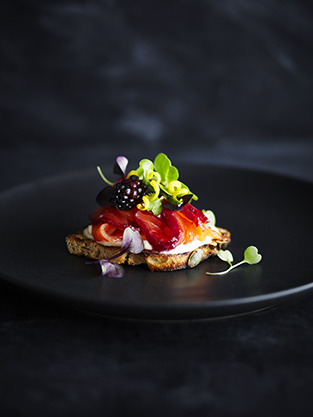
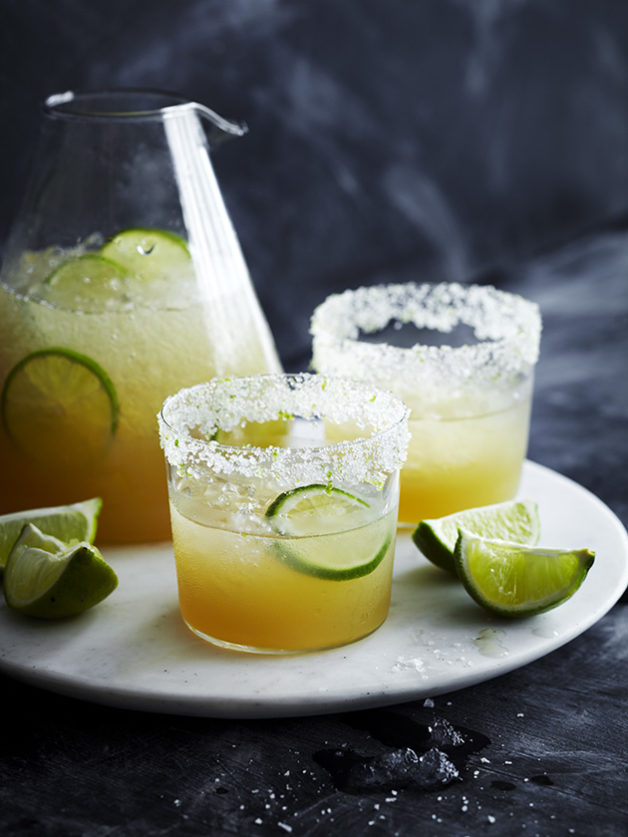
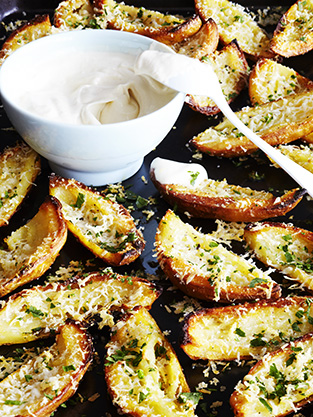
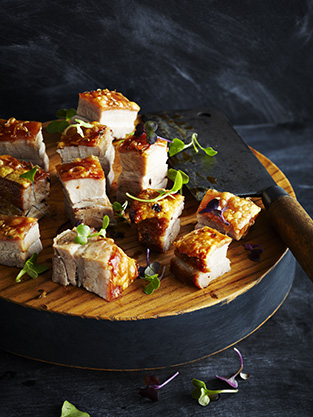
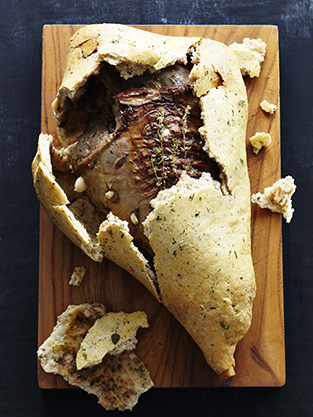
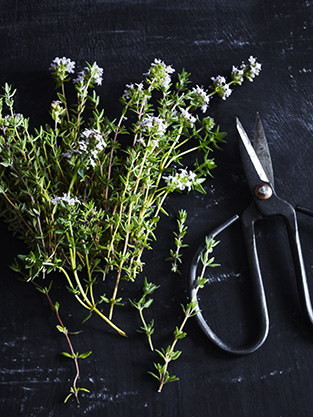
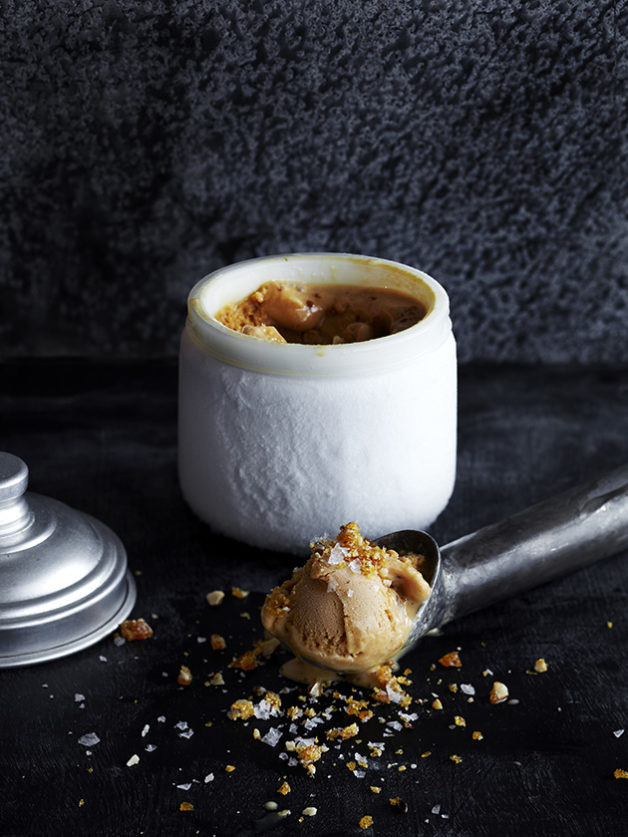
COOKING WITH SALT
Salt has been used for cooking for thousands of years, in many cultures around the globe. Before the invention of the refrigerator, salt has been one of the most important preservation methods of meat and fish and as one of the 5 main flavors (sweet, sour, salty, bitter and umami), salt is an important and recognizable part of our daily life when it comes to cooking.
The modern day’s introduction of ready-made foods and fast food has given salt a really bad reputation. However, there are many ways to utilize the salt’s good qualities in the kitchen to preserve, slowcook or give untraditional taste in the sweet kitchen.
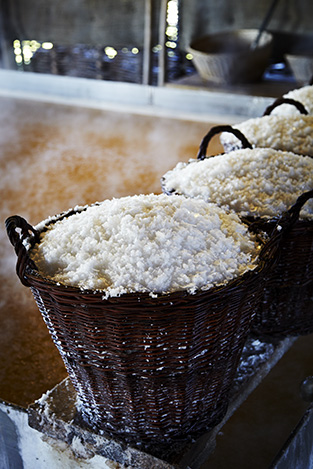
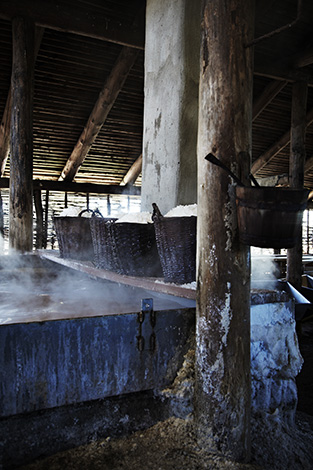
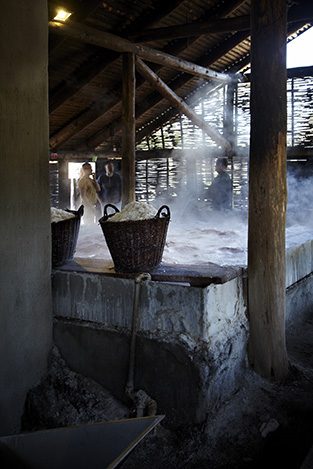
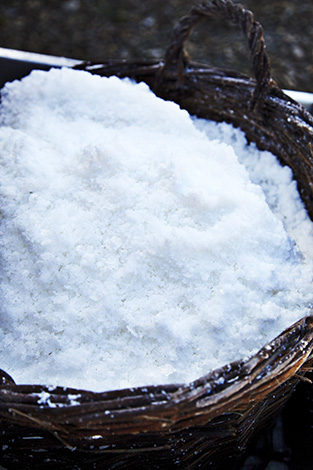
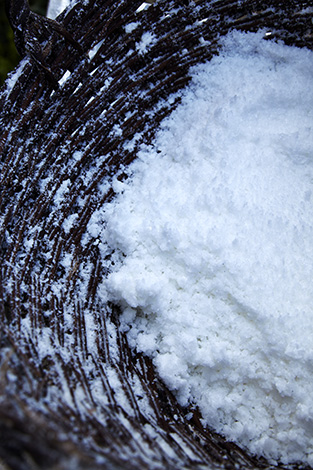
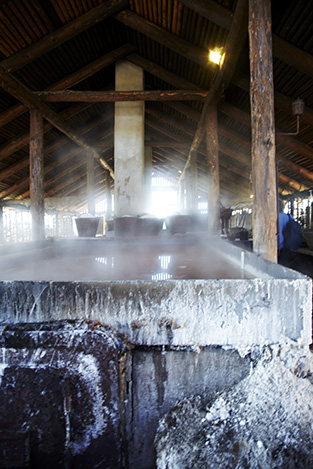
A TRULY IDYLLIC PLACE!
We are on the island of Læsø in Denmark. Læsø is a small island in Kattegat, just off the east coast of the peninsula Jutland, Denmark. Half an hour sailing from Frederikshavn you will find this idyllic island, also called the gem of Kattegat. When you leave the ferry (or almost already when boarding) you know that you are on island time. It is quite a wind blown place but also peacefull. It is filled with nostalgia and the passing days of old Danish fishermen and village charm. This is really the outskirts of Denmark, but if you feel stressed, you’ve come to the right place: Here you can relax!
The island has a fantastic and unique nature and you will find the beauty in the little things. The island is known for its scampi festival in August and the cute timbered houses with seeweed roofs.
On the edge of a pine forest, south of Byrum, bordering the open part of the truly windy parts of Læsø lies Læsø Saltworks. It is both a place where they make Læsø Salt, but also a tourist attraction that in a very gripping way, tells the story of life on Læsø in the past and gives a living sight of how to make salt.
The salt they make here more than measures up to some of the world’s leading salt brands and I would venture to say it’s something very special. Due to the high concentration of salt in the sea around Læsø (up to 14%, against normal 2-3%), the sea salt has been harvested on Læsø since the Middle Ages, but later died due to shortage of fire wood and sand drift.
Back in 1990, when archaeologists began studying the history of Læsø, the idea of salt seething on Læsø was revived with the discoveries made by the archaeologists. Today the salt is made according to the old traditions and recipes.
Entering the seething room, it’s warm, humid and dark. The only light is a lamp over the huge seething pan, as well as a bit of daylight flowing under the grassy roof and the open doorway. It’s almost like going straight back into the Middle Ages. This is how the seethery looks. It is designed from archaeologists’ findings of the original salt works, which lay here hundreds of years ago. Saltwater is taken from wells, dug into the lowest parts of southern Læsø and in the saltworks the water is set to evaporate in large pans over open fire. The big pans look like a huge bathtub, with steamy water, as you imagine it would look like in a movie about the wild Northmen from the 16th century.
When the salt layer is saturated, the salt crystals are formed on the surface and poured into baskets where the residual water runs off before the salt is added to drying on the drying ceiling. The salt is handmade with respect for nature’s surroundings on the island, and they also give a demonstration of how to sethe salt yourself.
All by-products of the process are used for the Læsø Salt Care skin care series and are excellent treatment for people with dry skin or psoriasis. The salt retains many of its natural minerals such as calcium and magnesium and has a rich flavour. It is porous enough to crush between two fingers. Læsø Salt is the preservation of a lost art and pride and a tasty and beautiful product that is good for many types of cooking, not just to sprinkle over an egg. A visit here inspires a desire to retrieve cooking methods of a bygone era using salt dough for long-term cooking and cure salmon in a new way, as well as exploring salt in the sweet kitchen. One of nature’s most exciting taste contradictions with a lingering selection of salty sweet sensations. From irresistible caramel ice cream to decadent chocolate tart and sweet pavlova, it’s hard to resist this winning combination.
You can check out more of my images from Læsø Salt Works here. And read more about what else to do on Læsø, here & here

